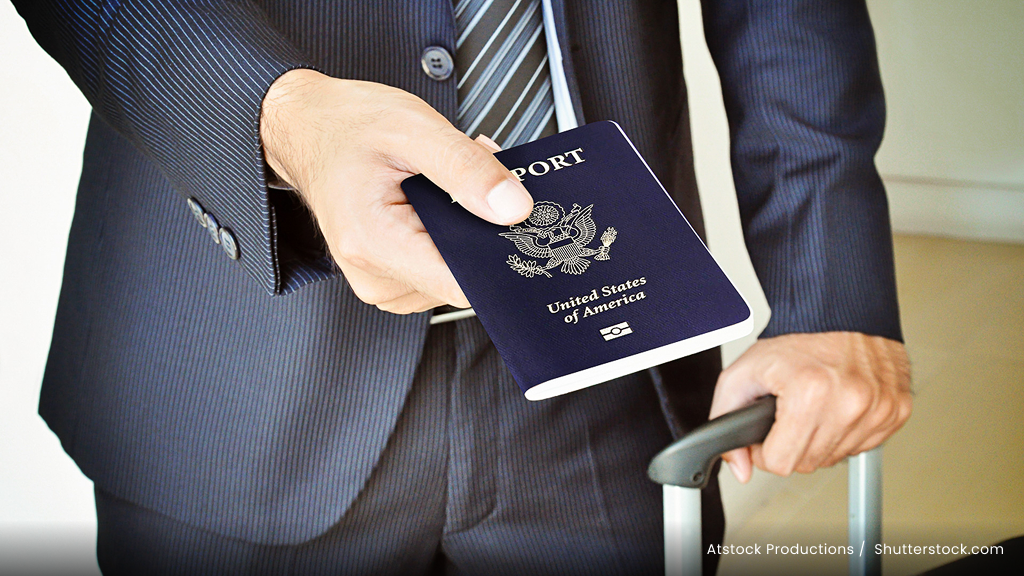How To Choose an Airline Credit Card

Finding the perfect airline credit card can feel like navigating through turbulence without a seatbelt. With dozens of options scattered across various credit card issuers and travel loyalty programs, even experienced travelers get overwhelmed.

400+ Credit Cards
Analyzed independently across 50+ data points in 30+ product categories

Reviewed
By a team of credit card experts with an average of 9+ years of experience

Trusted by
More than one million monthly readers seeking unbiased credit card guidance
CardCritics™ editorial team is dedicated to providing unbiased credit card reviews, advice and comprehensive comparisons. Our team of credit card experts uses rigorous data-driven methodologies to evaluate every card feature, fee structure and rewards program. In most instances, our experts are longtime members or holders of the very programs and cards they review, so they have firsthand experience maximizing them. We maintain complete editorial independence — our ratings and recommendations are never influenced by advertiser relationships or affiliate partnerships. You can learn more about our editorial standards, transparent review process and how we make money to understand how we help you make informed financial decisions.
After reviewing hundreds of travel credit cards over the years, I’ve developed a straightforward framework to help you determine which airline cards deserve a spot in your wallet — and which are just excess baggage.
What To Consider When Choosing an Airline Credit Card
Let’s break down what matters before you get tempted by a hefty welcome offer and fancy travel perks. The right airline card should complement your actual travel patterns. You want a card that offers real value, not just a giant pile of miles you’ll never use.
Your Preferred Airline
This might seem obvious, but many travelers overlook it. Do you consistently fly with one airline? If you’re loyal to one carrier – whether by choice or because it dominates your home airport – a co-branded card with that specific airline will typically provide you with the most benefits.
I remember talking with a friend who lived in Denver (a massive United Airlines hub) who was considering an American Airlines credit card because it had a higher welcome bonus. I had to explain why that wasn’t necessarily the best decision!
For example, if you’re a frequent Delta flyer, the Delta SkyMiles® Gold American Express Card (an advertising partner) gives you perks like a free first checked bag and priority boarding on Delta flights. Meanwhile, United℠ Explorer Card delivers similar benefits, but exclusively for United flyers.
Many frequent travelers (myself included) rotate between airlines based on their home airport’s route options. This means it can make sense to hold more than one airline credit card.
Your airline loyalty (or lack thereof) should be the starting point of your search.
Welcome Bonus Value
A substantial welcome bonus can be incredibly enticing. Some airline credit cards offer more than enough miles for a round-trip domestic flight after meeting minimum spending requirements. That said, not all travel rewards are created equal.
A 50,000-mile welcome offer from one airline credit card might get you to Europe, while the same number of miles from another card may barely cover a one-way domestic ticket.
Annual Fee vs. Card Benefits
Airline cards typically charge annual fees ranging from $95 to $650, so you must ensure the benefits outweigh this cost. You’ll want to calculate the tangible value of perks like:
- Free checked bags (potentially worth $30+ per flight)
- Companion certificates (potentially worth hundreds of dollars)
- Airport lounge access (potentially worth $35+ per visit)
- In-flight discounts
For example, suppose you check bags on just two round-trip flights annually on American Airlines with the Citi® / AAdvantage® Platinum Select® World Elite Mastercard® (an advertising partner). In that case, you’ve already offset the annual fee of $99, waived for first 12 months, through savings on the cost of the bag check alone. Fly just a few times a year and always use a carry-on? That same card would be harder to justify.
Earning Structure
The rate at which you earn miles matters. Many airline cards offer 2 or more miles per dollar on airline purchases and 1 mile per dollar on everything else, with some cards including bonus categories like restaurants, grocery stores or gas stations.
Consider your spending habits. For example, my sister is a foodie, so her ideal airline credit card needs to reward dining. Choosing a card that offers bonus miles for spending at restaurants could amount to thousands of extra miles from her pad thai habit.
If you rarely buy airline tickets but spend heavily in other categories, you might be better off with a travel rewards card that earns transferable points — that is, points you can move to a variety of airline and hotel partners when you need them. For example, you can transfer Chase Ultimate Rewards® points from the Chase Sapphire Preferred® Card, Chase Sapphire Reserve® or Ink Business Preferred® Credit Card to over a dozen travel loyalty programs, including United MileagePlus, Southwest Rapid Rewards and JetBlue TrueBlue.
Look at your three biggest spending categories outside of rent/mortgage and find a card that rewards at least one.
Additional Travel Benefits
Beyond miles, airline credit cards often include travel protections that can provide significant value, including:
- Trip delay reimbursement
- Lost luggage insurance
- No foreign transaction fees
- Global Entry/TSA PreCheck application fee credits
- Airport lounge access
These perks can be particularly valuable for frequent flyers and help ease the inevitable frustrations that come with travel. Priority boarding might seem trivial until you’re the last on a packed flight with nowhere to put your carry-on.
Is an Airline Card Right for You?
Before applying for an airline credit card, ask yourself these questions to determine whether it fits your needs.
How Often Do You Fly?
If you fly at least three or four times per year, especially with checked baggage, an airline card’s benefits, like free checked bags and priority boarding, can provide significant value. If you only travel once a year, you’re probably better off with a different credit card rewards strategy.
Are You Loyal to One Airline?
Loyalty matters when it comes to choosing an airline credit card. If you typically shop for the cheapest fare regardless of carrier, you’ll likely find yourself with airline miles scattered across programs that never quite add up to a free flight. In this case, a general travel card with transferable points might serve you better.
However, if you consistently fly with the same airline, whether due to availability from your home airport, corporate travel policies or personal preference, a co-branded airline credit card can significantly enhance your travel experience with that particular carrier.
How Do You Value Flexibility vs. Specific Perks?
Airline cards offer concrete benefits with specific carriers – free checked bags, priority boarding, and discounts on in-flight purchases. These tangible perks can deliver immediate savings or convenience on every flight. However, they lack the flexibility of general travel rewards, which can be used across multiple airlines or for different travel expenses.
Should You Get a Co-Branded Airline Card or a Travel Credit Card?
Co-branded airline cards are directly affiliated with specific airlines and earn miles in that airline’s frequent flyer program. General travel cards earn points that you can transfer to multiple travel partners or redeem directly for travel purchases.
Co-branded cards shine when you’re loyal to one airline and value perks like free checked bags and a faster path to elite status. Travel cards offer superior flexibility because you’re not locked into one airline’s program.
If you’re on the fence, start with a transferable points card. If you later come to have a favorite carrier (or already do!), you can add its co-branded card to your wallet.
You can also consider a multiple-card strategy. Consider using one of the top transferable points cards for most purchases while holding an airline card for your most frequently flown carrier to access day-of-travel perks.
The information related to United℠ Explorer Card, Chase Sapphire Reserve® and Ink Business Preferred® Credit Card was collected by CardCritics™ and has not been reviewed or provided by the issuer of this product/card. Product details may vary. Please see issuer website for current information. CardCritics™ does not receive a commission for this product.
Frequently Asked Questions About Choosing an Airline Credit Card
Are airline credit cards worth the annual fee?
The value proposition of airline credit card annual fees depends on your travel habits. For frequent travelers who regularly check bags, an annual fee can often be offset (sometimes multiple times over) through avoided baggage charges. For the occasional traveler, the same annual fee might represent a net loss.
Can I have multiple airline credit cards?
Yes, many travelers hold cards with different airlines. Whether or not you can get approved for multiple cards will depend on your credit score and financial picture. Most airline credit cards require at least a good credit score (670 or higher on FICO’s scale) to be considered, for example.
When applying for and managing multiple credit cards, monitoring your spending is essential to ensure you’re getting the most from each card and not carrying a balance and paying interest.
Do airline miles expire?
Some airline miles expire, but it varies by program. For example, Delta and United miles don’t expire, while American Airlines miles expire after 24 months of inactivity.
It’s wise to implement a tracking system for monitoring points and expiration dates to avoid the frustration of losing your hard-earned rewards. Using a co-branded credit card often counts as qualifying activity that resets the expiration clock, providing an effective way to maintain miles indefinitely.
Can I transfer miles between airline programs?
No, the airline miles you earn remain restricted to their specific loyalty program. Unlike transferable points from bank programs, airline miles typically can’t be combined across different carriers.











